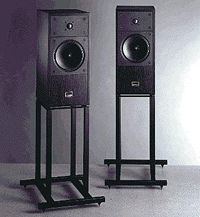totti1965
Active Member
- Thread Starter
- #21
Ha ha ha, you argue with your personal taste but the 2 kHz valley you need for perfection is simply AUDIOSCIENCE also!!! And you did everything right by your great listening skills! So the very very good ranking in SpiNorama.org is no coincidence. So…. No Problem so far.Hi,
I published the measurements of ES-14N and I made them with the Klippel NFS.
So I think I did everything to be as transparent as possible. I can't see what would be different with a different Klippel NFS. The other measurement I saw above looks a bit strange, so I cannot comment, as I don't know how it was made. I trust my NFS .....and my ears.
Even so, I like Audiosciencereview and Erins Channel, it does not mean I always agree with what both conclude from the measurements. With a lot I'm OK, but a small valley in the 2-3kHz area for example is very easy to straighten out with a crossover, but sometimes you add it to avoid the speaker sounding aggressive and too forward. Designing a waveguide for a tweeter is not very complicated, but I like the way it sounds in the room without it and with an exposed dome.
Look at this YouTube Video about the 2 kHz peak / dip!
Bad Times? There will be no better times: The Nasdaq 100 is up 41.7 % within the last 12 months. The times are great! What about asking @amirm, if Madrona digital could be the US Epos Distributor???
What works out in Camada has to work out in the US also!
So far, we have not established a distribution for EPOS in the US. it's a difficult market, as it is so large and the time is not very good for a new brand, even so, it's old. So we have to wait for better times and the right distributor.





